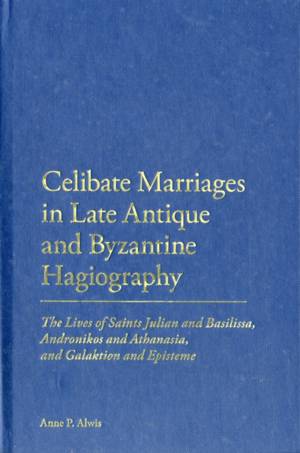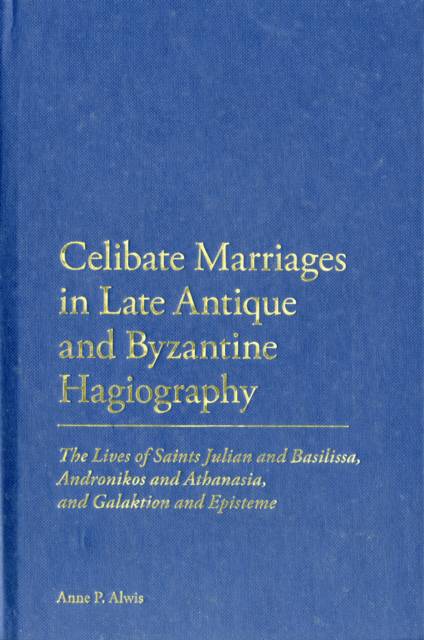
- Afhalen na 1 uur in een winkel met voorraad
- Gratis thuislevering in België vanaf € 30
- Ruim aanbod met 7 miljoen producten
- Afhalen na 1 uur in een winkel met voorraad
- Gratis thuislevering in België vanaf € 30
- Ruim aanbod met 7 miljoen producten
Zoeken
Celibate Marriages in Late Antique and Byzantine Hagiography
The Lives of Saints Julian and Basilissa, Andronikos and Athanasia, and Galaktion and Ep
Anne P Alwis
Hardcover | Engels
€ 322,45
+ 644 punten
Uitvoering
Omschrijving
This book explores the puzzling phenomenon of celibate marriage as depicted in the lives of three couples who achieved sainthood. Marriage without intercourse appears to have no purpose, especially in Christian antiquity, yet these three tales were copied for centuries. What messages were they promoting? What did it mean to be a virgin husband and a virgin wife? Including full translations, this volume sets each life in its historical context, and by examining their individual and shared themes, the book shows that the tension raised by pitting marriage against celibacy is constantly debated. It also highlights the ingenuity of Byzantine hagiographers as they attempted to reconcile this curious paradox. The book addresses a gap in late Antique and Byzantine hagiographic studies where primary sources and interpretative material are very rarely presented in the same volume. By providing a variety of contexts to the material a much more comprehensive, revealing and holistic picture of celibate marriage emerges.
Specificaties
Betrokkenen
- Auteur(s):
- Uitgeverij:
Inhoud
- Aantal bladzijden:
- 352
- Taal:
- Engels
Eigenschappen
- Productcode (EAN):
- 9781441115256
- Verschijningsdatum:
- 29/12/2011
- Uitvoering:
- Hardcover
- Formaat:
- Genaaid
- Afmetingen:
- 152 mm x 236 mm
- Gewicht:
- 680 g

Alleen bij Standaard Boekhandel
+ 644 punten op je klantenkaart van Standaard Boekhandel
Beoordelingen
We publiceren alleen reviews die voldoen aan de voorwaarden voor reviews. Bekijk onze voorwaarden voor reviews.








